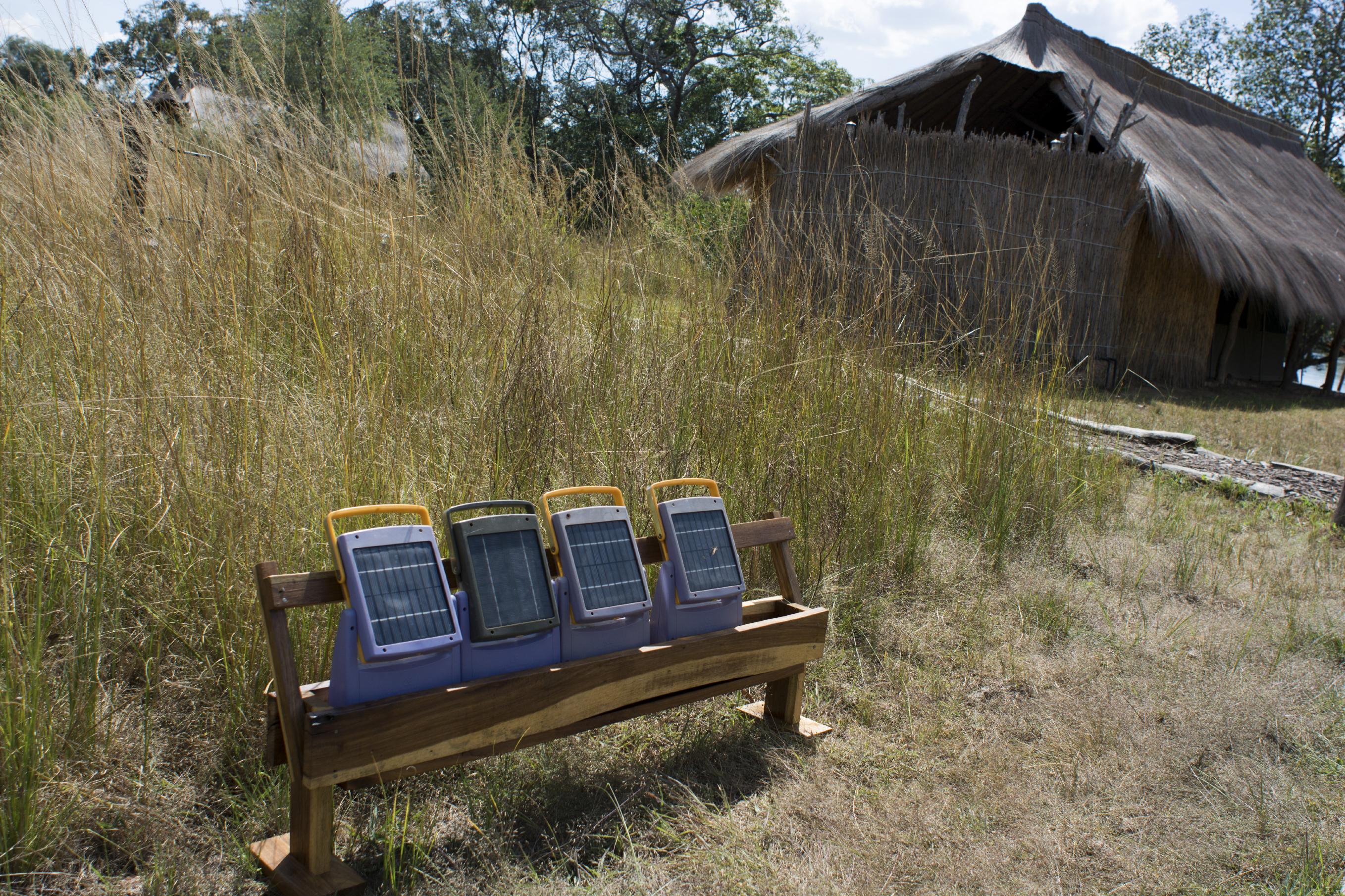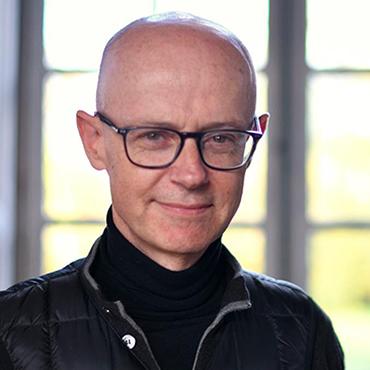
If you ask a family boss what makes them special, they will mention their long-term perspective. They are also likely to tell you that their family’s values shape who they are and how they do business. Families built the foundations of many industries, from high fashion to car making, and their longevity has often enabled them to build trustworthy names and eventually become prominent philanthropists.
As the next generation of family business leaders get positioned to run their family companies into the twenty first century, many are abandoning the “get rich first and give back later” philosophy. They want to create impact and meaning while they do it.
Beyond responsibilities to their stakeholders, their reputations mean more than quality products at affordable prices and they place more emphasis on giving back as part of their legacy, not just ensuring the continuation of the family firm to the next generation. Such values are increasingly being shared by their peers in the corporate world, especially those at inflection points in their careers, pondering their next significant career move.
There is much that can be learnt from those with the ability and the patience to play the long-term game in the interest of meaningful social impact, as the story of a prominent family philanthropist shows us.
Vision comes first
James Chen’s family has a long-standing tradition of helping the poorest in society, with a particular focus on education and literacy. James was brought up with the idea that with privileges come responsibilities. It was therefore natural that it was he who successfully argued for the creation of a philanthropic family foundation – the Chen Yet-Sen Family Foundation. Chen says he felt inspired by his father, who was very different from those of his generation in giving back. Unlike his peers, who would typically write cheques to their home towns, putting money behind schools and hospitals, Chen's father would get involved, travelling to those places and cajoling administrators to make sure things were done right. This had a huge influence on Chen and the way the foundation operates, especially when it comes to understanding the needs of a project and being “an informed donor”.
“We try to develop domain expertise and we try to understand the issues. So perseverance and persistence, as it was in the case of my father, was very much the keystone of our family philanthropic tradition today,” he told me.
Another project, funded by James directly, is Adlens, a company that makes adjustable-power lenses for spectacles, which can be produced fairly cheaply and sold to the sight-challenged in poor countries. Chen was captivated by some compelling statistics, and after seeing early prototypes of the product developed by Joshua Silver, the Oxford professor who he eventually co-founded Adlens with, he felt compelled to roll up his sleeves and get involved: Over 150 million people worldwide live with visual impairment due to uncorrected refractive errors; 90 percent of the world’s visually impaired people live in developing countries; 95 percent of sub-Saharan Africans who need glasses do not own a pair; and uncorrected refractive errors cost the global economy an estimated US$121 billion.
As an investor and a philanthropist, Chen was immediately taken by the potential implications Silver’s lens technology would have on developing countries, where access to the optical industry is, for many, non-existent. But there were many challenges (as shown in our three-part case study).
Patient capital
Chen had anticipated breaking even in two to three years, after investing some US$10 million. However the original product proved a failure: not only was it too expensive to manufacture, but aesthetically it was considered too bulky and heavy. Chen revised his sights: he hoped to break even after a decade, and acknowledged that re-designing the product would cost him several million dollars more than anticipated. However, he explained, this was all about ‘patient capital’, justified by the idea of eventual social return.
Adlens purchased the license to (and later developed) a new Dutch product called the ‘Alvarez system. This innovative design consisted of two plastic lenses that slid over each other. By twisting a small dial, wearers could adjust the overlap of the lenses – and thus the corrective power of the glasses. Not only were these easier to produce (though not less expensive), but their technology allowed for a more conventional, rectangular design. Another considerable advantage is that the glasses remained permanently adjustable.
Vision for a Nation
Chen also set up Vision for a Nation, a separate entity from Adlens dedicated to to supporting emerging nations build locally accessible eye care services and provide affordable glasses.
Put simply, Adlens is the commercial arm of Chen’s idea; its innovative products are designed to be sold in middle to high-income economies for profit, while Vision for a Nation is a registered charity. A “buy one, give one” model was developed: for every pair of Adlens glasses purchased, another pair (adjustable or traditional) would be given away free of charge to a needy community.
Developing Adlens and Vision for a Nation has been no easy task for Chen. The amount of time and money he has invested in these projects is considerable, and the company’s long-term sustainability has yet to be demonstrated. But Chen and his family are willing to look beyond the logic of short-term profitability.
Just do it
Chen urges those that have the capability to deploy patient capital to consider this option. He shares an anecdote about Tom Tierney, the chairman and CEO of Bridgespan, an advisor to non-profits and philanthropists and also the former Managing Director of Bain & Co, who told Chen “in my whole career, the thing that strikes me is that it takes 10 years for a good idea, a good technology to get to a point where you can really make a good decision as to whether this is going to work or not”. James says it’s clear to him that he should press on. Adlens sold 100,000 units in the developed world last year and has just started in the U.S. and Mexico, which will fuel the social mission in Rwanda.
James Chen is a perfect example of how running a profit-seeking and innovative company can also create a real sense of purpose and do some good for the world. As his success gathers pace, he has no intention of losing focus.
Randel S. Carlock is Senior Affiliate Professor of Entrepreneurship and Family Enterprise and Berghmans Lhoist Chaired Professor in Entrepreneurial Leadership at INSEAD. He was the first academic director of the Wendel Centre for Family Enterprise and is the director of The Family Enterprise Challenge, an Executive Education programme for family business leaders.
-
View Comments
(3) -
Anonymous User
Fully agree that in today's world, (venture) capital, philanthropy and (family) business are not mutually exclusive concepts.
I am proud to part of an example of an organisation that mixes philanthropy, business and capital:
We at Hotel con Corazon are a very-much-for-profit-non-for-profit. In 2006-2008 we fund raised € 600,000 to build a hotel in Nicaragua. We opened our doors in 2009. Since then we have been investing 100% of the profits in local educational projects. The investors get an in kind dividend of one hotel night per year they hold the share (€500 investment). After the fi¬rst 3 years the hotel generates a consistent
ROI of >12%. And we have maintained a number 1 position on Tripadvisor for most of the 6 years that we have been running. So far we have supported around 1,200 children. We are now looking to expand and build 10 more hotels like this in the next 10 years.http://hotelconcorazonworldwide.com/
Ibad Ahmed
In fact, more and more businesses are recognizing that simultaneously having a 'giving back' component and planning with sustainability in mind, also allows for family members to bond with one another, hence allowing for the business to continue beyond the third generation.
A Middle Eastern example of the same is the Saudi based Dabbagh Group that I am working for presently. Under the visionary leadership of His Excellency Amr Al-Dabbagh, they have aligned their mission and vision statements and corporate strategy around the concepts of Giving, Earning and Sustaining.
http://www.aldabbagh.com/
-
Leave a Comment





Anonymous User
08/12/2015, 02.21 am
Thanks for an inspiring article. My question is: many find these days working 9to5, charity becomes a question. First you must have disposable income, second you must have a charitable nature. Both are hard to occur by themselves. Few who are gifted or inherit money, can sail this boat. Others can only see, hear and watch.